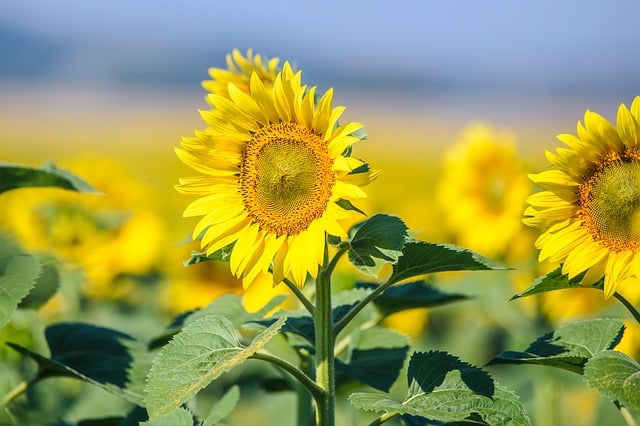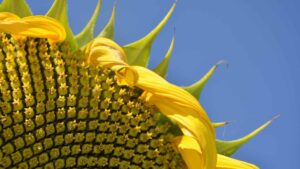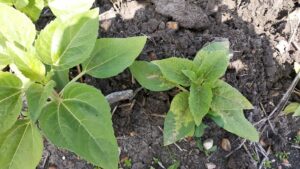The global sunflower acreage is increasing, amounting to over 24 million ha in 2022. 80 per cent of that area can be found in Europe, so that means we can speak about a “European culture”.
In South-East Europe, the sunflower area followed the same trend: in 2022 the sunflower acreage increased to over 3 million ha, versus 2.8 million ha in 2021.
In the current context (the war in Ukraine) the interest in growing sunflower is even higher due to the high price and the fact that the production in Ukraine and Russia amounts to over 54 per cent of the global production. Another argument for the sunflower culture is the adaptability of the species to the climatic changes, as a result of its anatomical and morphological characteristics.
Heavy Pressure
This year, due to the weather conditions (rain & temperature) after sowing, the downy mildew pressure was higher compared to the previous two years. Along with the presence and virulence of downy mildew races, another factor that contributes to increasing pressure is rotation. The disease pressure is higher when the practiced rotation is shorter, at 2 years: sunflower-cereals-sunflower. These cumulative factors have led to a high downy mildew pressure, creating a real danger for our fields.
Controlling Downy Mildew
It is known that there are several ways to control downy mildew, including agro-technical, chemical and breeding measures. The most efficient measure against a downy mildew attack is the cultivation of genetically resistant hybrids because it provides protection throughout the vegetative cycle, both for primary and secondary infection.
For hybrids without genetic resistance, the protection against downy mildew can only be realized by chemical treatment of the seeds. The conditions of 2022 were very difficult for these varieties and the plants showed symptoms of downy mildew attacks.
It’s all in the genes
Thanks to our breeding program, Lidea has a portfolio of hybrids with genetic resistance to mildew. So, we could see in the field, under conditions of very high pressure, healthy plants, which resisted the attack of mildew and went through the entire vegetative cycle without symptoms, highlighting their productive potential.
Under our Mildew Master label, Lidea gathered sunflower hybrids adapted for cultivation in areas infested by downy mildew. It’s our innovative, sustainable, “green” and adapted solution for different types of downy mildew pressure.
Recent Hybrids
Our most recent hybrids ES ANTHEMIS CLP, ES CEYLON SU, ES BELFIS CLP and ES OASIS CLP, have a resistance to the highest pressure of mildew and to attacks by the most virulent races. But also, a genetic construction to respond to potential mildew evolution. This year, these hybrids cultivated in the areas with the biggest pressure of downy mildew performed very well and gave us the confirmation of the entire research work.
What are farmers saying
Farmers are worried about the downy mildew attack and not only about the attack manifested this year, but also because they are aware of the problems that may arise in the future due to the reserve of pathogens in the soil. Another aspect that worries them is the impact on yield, so they understood that, along with respecting the rotation and all the other technological factors involved, the cultivation of hybrids with genetic resistance to downy mildew gives them the security of clean and productive fields.









